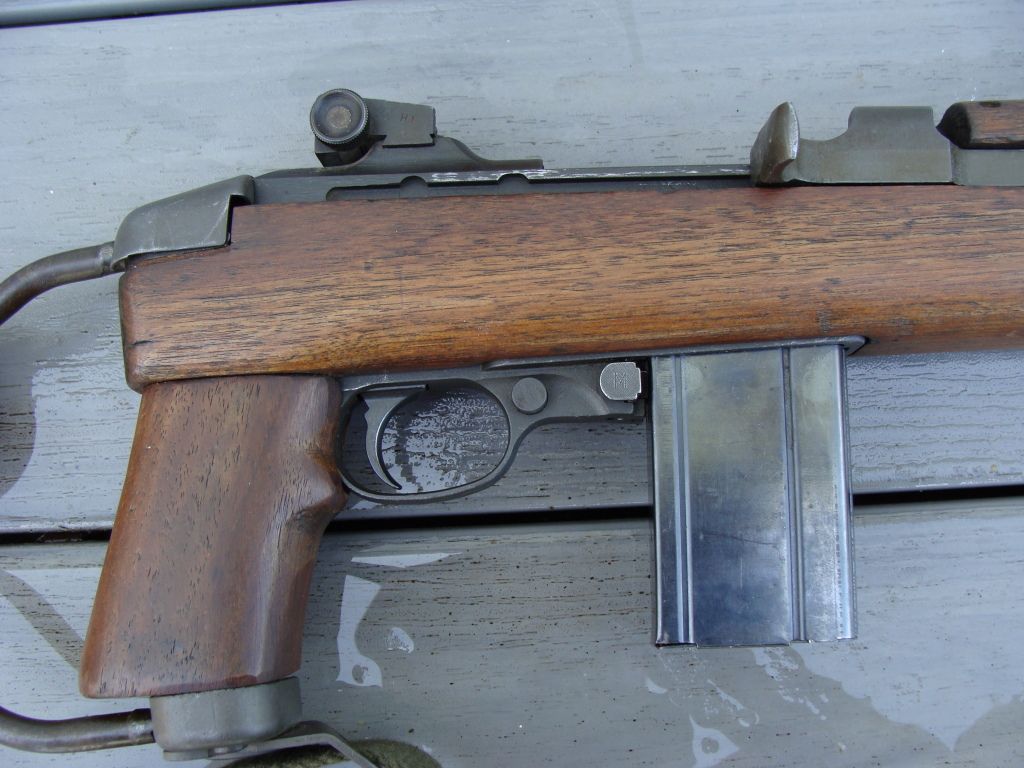Inland M1 Carbine Low Serial Number
• The Firearms Forum is on online community for all gun enthusiasts. Join us to discuss firearms of all kinds, gun accessories, legal issues and more. Membership is free and we welcome all types of shooters, whether you're a novice or a pro. Come for the info, stay and make some friends.

Carbines in Germany and Austria. Universals were popular due to their low. Blood for providing the serial number info. For a range test comparison against a CMP Inland M1 Carbine.

Billy Squier The Tale Of The Tape Rar Files. • Site Functions • • • • • Useful Links • • • • • • Support the site! We work hard to bring the best Firearms Forum has to offer!
Unlock additional features, and fewer ads while browsing. Consider upgrading your membership for less than a box of bullets!
Rare Early WWII Inland 4-digit M1 Carbine, c. 12-42 Product Description Rare WWII Early Inland M1 Carbine, Ser No 3727, c. 12-42 Please visit my website at: This is a very rare and very early WWII Inland manufactured M1 Carbine with low, 4-digit serial number, 3727. As war approached in the late 1930s, the Army's Infantry branch began to see the need for a lightweight carbine that could replace the Model 1911 pistol and the Thompson M1928 Submachine Gun. Initially, the Ordnance Department was not receptive to the idea stating that the newly-adopted M1 Garand service rifle was adequate as a long-arm for all purposes and that the 1911A1 Service Pistol had a fine service record and was indispensable for staff officers and NCOs, crew served weapons team members, medics, etc. But the Army's Chief of Infantry was insistent and when funds became available in mid-1940, the Ordnance Department was finally directed to produce a prototype firearm that did not weigh in excess of 5 pounds with an effective range up to 300 yards.
Fritz Kalkbrenner Here Today Gone Tomorrow Deluxe For Business. This formally began what became the 'Light Rifle Program,' that led to the M1 Carbine. Initially, however, there was not even a cartridge suitable for a 'light rifle' that met the minimum specifications. The Ordnance Department then requested Winchester's Western Cartridge Company to assist it in identifying a suitable cartridge. Winchester recommended a slightly scaled down version of their.32 Winchester Self Loading Round.
Winchester then produced a.30 caliber round that would, with minor modifications, become the.30 Caliber Carbine cartridge. Winchester then sent several of these new.30 Caliber rounds to the firms that had expressed interest in developing the new 'light rifle.' The Ordnance Department then formed a special 'Light Rifle' subcommittee of the Ordnance Department's Technical Committee, and this subcommittee further refined the desired characteristics and minimum requirements for the new 'light rifle.' One these characteristics and requirements were finalized, they were memorialized in what has become known as the 'Light Rifle Circular,' and this circular was then sent to all of the inventors and commercial weapons manufacturers in the United States who had expressed interest in submitting a design. On May 1, 1941, the Ordnance Department's subcommittee received nine prototypes of light rifle designs, including those from John C.